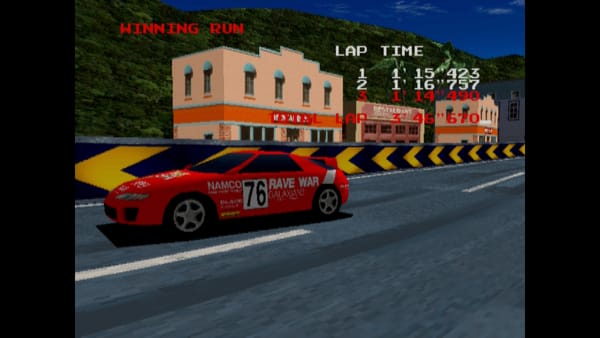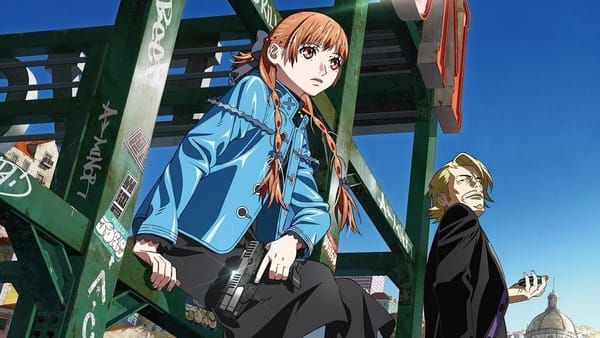In Tekken 8, I have to shift my brain between “smart” and “stupid” gears over and over again
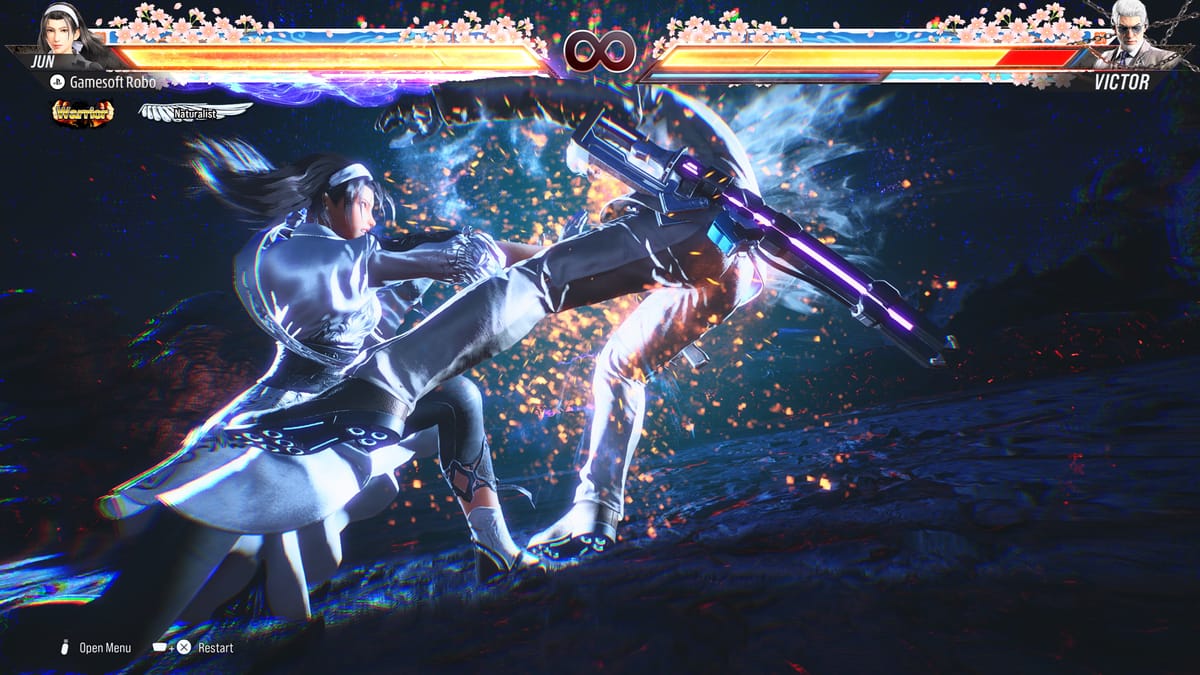
In its nearly decade-long run, Tekken 7 left behind a complete package that left nowhere to go next. The gameplay is that unique Tekken blend; it works because it works, and you don’t mess with it. The graphics are already pretty high-end ten years later. The cast– adding enough Tekken fan favorites to satisfy a guy who’s got Wikipedia open and is just reading off random names along with some truly odd genre-breaking guest appearances from Street Fighter’s Akuma to The Walking Dead’s Negan— is packed to capacity. Plus you can bowl.
The only option to really justify a sequel to Tekken 7 is to make big changes to the game itself. And that’s scary. You have to remember: Tekken 4 tried to make big changes over 20 years ago, and the experiment failed so badly that it led the series to its current conservative “if Tekken 3 ain’t broke…” philosophy.
But they have to do something new. A clone of Tekken 7 with better graphics isn’t going to get anybody excited outside of the hardcores and the tournament circles. This is AAA stuff; it reaches wider than that. To sell enough copies to survive, Tekken needs bleeding-edge graphics, new easy-mode gameplay, a full-length RPG attached to it, and the game needs to be all new and all different. That’s the meta-game.
So on top of adding an RPG mode and a social lobby, as is now the fashion, Tekken 8 makes some fundamental changes to its core systems for the first time in a long time. The resulting game is both very complex and thoughtful in the ways Tekken has always been and also quite stupid, in new ways that we’ve never seen from the series.
The PR wasn’t lying; this game is aggressive
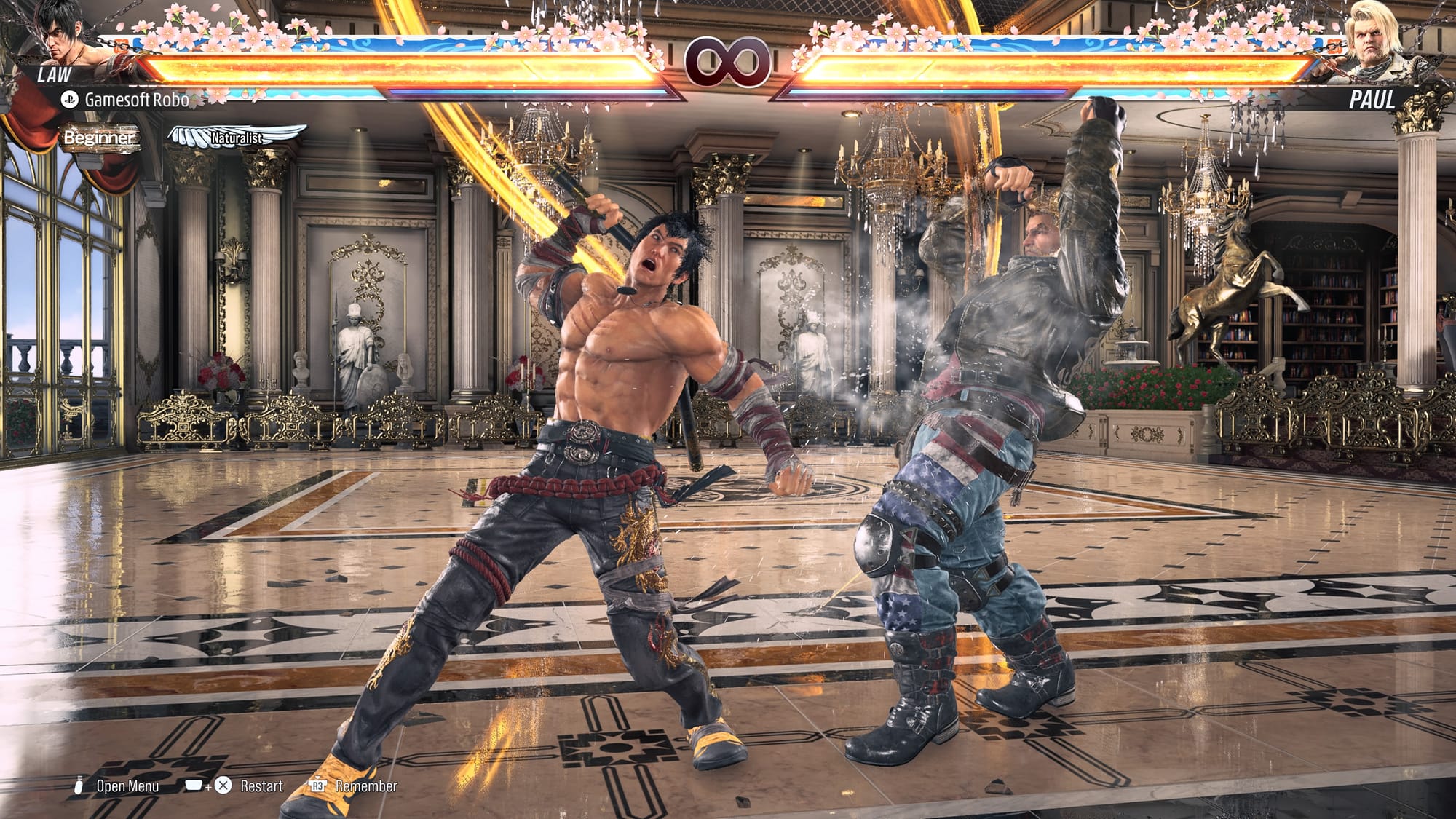
The first thing I noticed when I started playing Tekken 8 was that my character’s ankles were tied down. I couldn’t really backdash anymore: at least, not at the speed or distance I was used to. In Tekken 7 I was used to being able to run away from pretty much anything, taking kicks to the shin at the worst as I re-positioned and figured out my next move.
Slipping back and forth like this, using sidesteps to extend your snakelike shuffle, is one of the mechanics that feels uniquely pleasant in Tekken. Jockeying for position and sniping the opponent with that perfect shot— or punishing the opponent when they miss their own swing– is a big part of fighting games, and Tekken 8 throws away some of that mobility in favor of keeping players in each other’s faces.
You can’t really run away in Tekken 8. You can still slip and slide as you did in old games, but you move forward faster than you move backwards, leaning the advantage towards the attacker. So much more of the game is two players at point-blank range slugging it out, trying to counter-punch one another. A friend who I told about this said “so Rock-Em Sock-Em Robots?”
Yes, actually.
The magic button
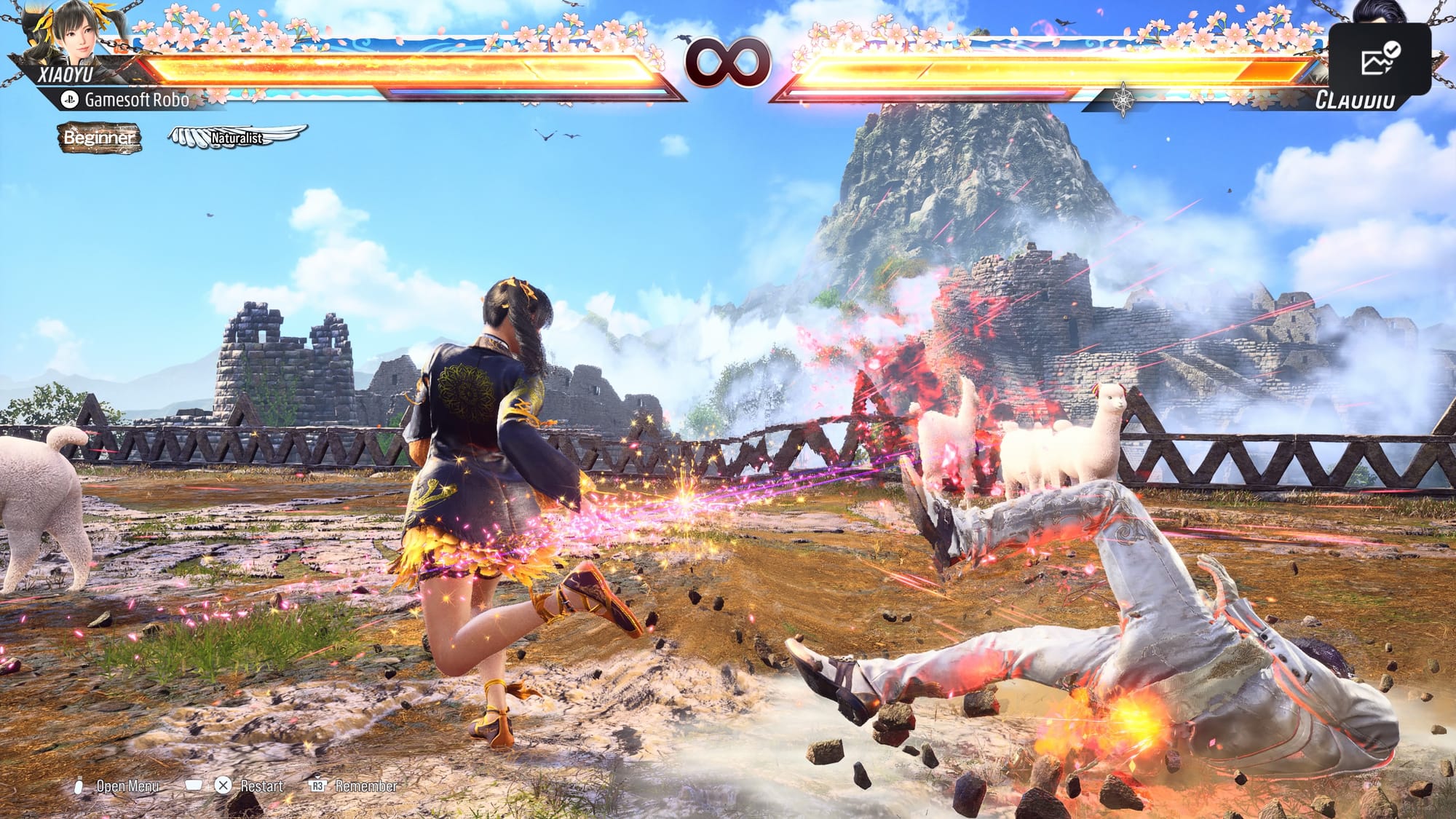
Tekken is still a tough game to learn how to control. The full move lists are so long that the game first offers players a truncated version of the move list containing only 10 or so of the best moves, leaving the 100+ other moves for players to learn afterwards. This probably will not change for as long as Tekken is Tekken: the whole appeal of the martial-arts fighting game is to intimately control a fighter’s moves with grace and nuance, your very own kung-fu marionette.
(The actual best way to learn a Tekken character’s moves is to type “tekken 8 (character name) best moves” into Youtube, where you will learn which character’s moves arbitarily have the best frame data and are as such the superior options.)
So in an attempt to express that satisfaction to players without forcing them to actually practice for it, Tekken 8’s big “newbie friendly” design change is the Heat button, or as I will call it, the magic button.
The first time you press the Heat button, your character does a fast attack that plows through most normal attacks. Difficult to counter, it’s your strongest option to shake off the opponent in a bad situation, and it’s not bad for pressing the offensive either.
Once you’ve done that, the character enters “Heat” mode, with a timed meter ticking down. The less important part is that characters in Heat mode deal light damage even when blocked, and specific moves also become much stronger. The very important part is that if you press the magic button again, you get a Heat Smash.
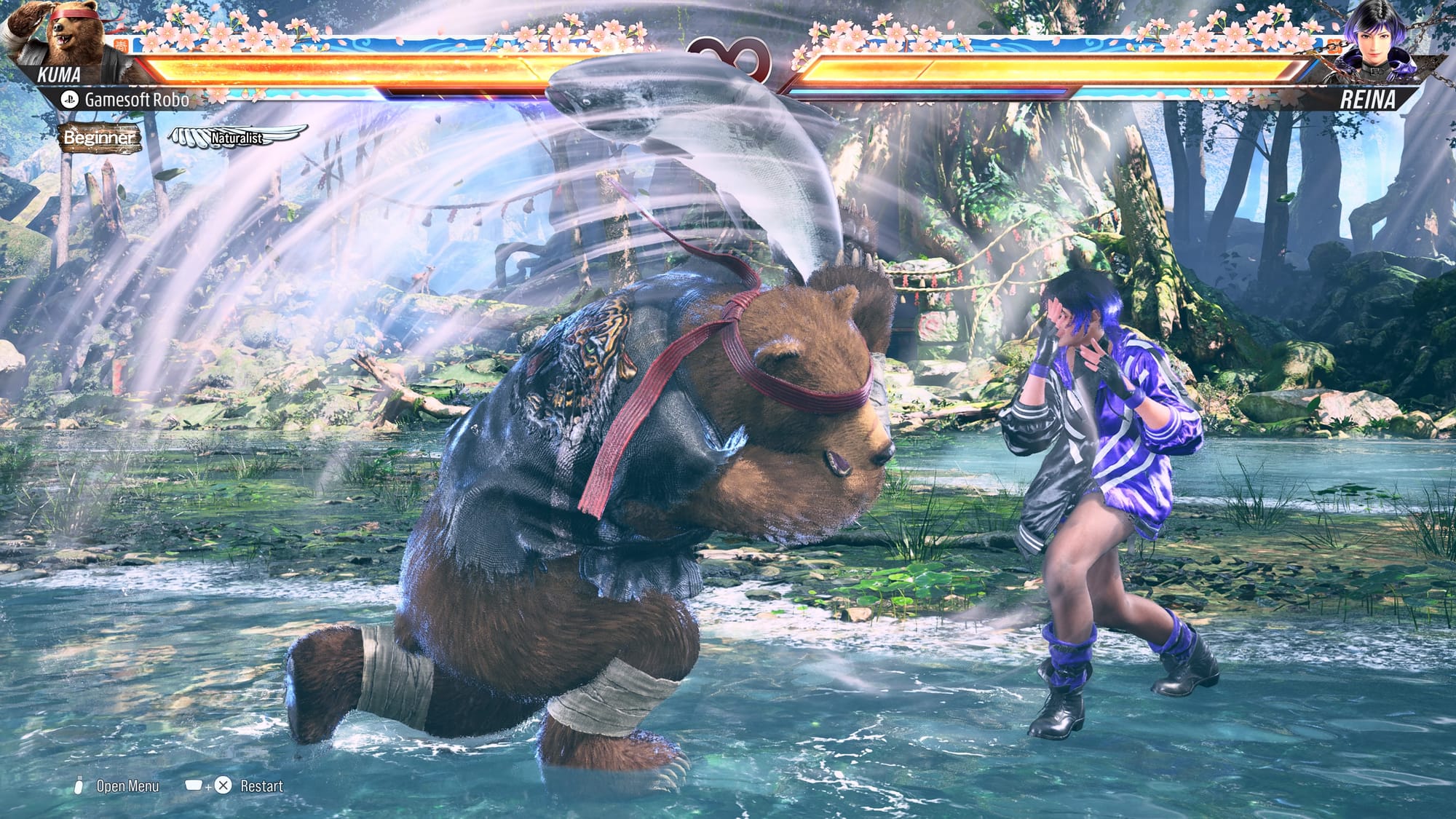
The Heat Smash is actually stupid. It’s a super-fast attack with long reach that half-kills the opponent if it lands. If the opponent blocks it, you keep the advantage and get another chance to attack. Once it's gone, so is Heat: if you need another system to step in and save your ass, there's still the last-ditch Rage system from previous games. But in a game where the decision-making is usually nuanced, Heat Smash is a choice that’s usually right. I mean, hell, my character shoots a laser.
So at a very low level, the Heat button is truly magic, as it plays half the game for you. Contrary to redoing the controls like Street Fighter 6 or drastically simplifying the gameplay like Guilty Gear Strive, Tekken 8 keeps most things the same, but forces players closer to each other and gives them a magic button to mash.
By the way, there actually is a “special” style control for extremely casual players that really plays the game for you. I found that they mapped only the flashy moves to the buttons and none of the moves that are actually good, as something of a penalty. I found players using “special” controls to be sitting ducks online, trapped in only one attack pattern and trivial to punish. It’s not Modern mode controls in SF6, an honest attempt to let new players try the game; rather, it’s a punishment.
I’m pretty ambivalent

I’ve been playing a lot of Tekken 8 since I finally scrounged together some change to buy it (but not the DLC! I don’t think I’ll be staying that long!), and I’m definitely having fun. They’ve got some great characters in there: I even learned Kuma, which was the most fun I had with the game by a mile. Other changes to the core game systems— particularly the stuff involving throws— are quite common-sense and make the offense more varied and fun.
But the decision-making also feels kind of dumb. Get in their face, mix between your good mid, your good low, or your good throw, repeat. On defense, either take a risk with a hard counter or wait until they’re done punching. Why be tricky when my character has a 10-frame high punch that does 25% damage? Like a lot of simplified fighting games (SFV, Strive), the choices in Tekken 8 are so simple and powerful as to make nuance, the spice of the fighting game, obsolete.
I have generally been in favor of forward movement in the genre— I think the famous franchises have been cloning themselves for 20 years and need to move on to fresh concepts even if it means a failed experiment or two— but this is the first time I find myself actually identifying a little bit with the old fighting fans who’ve always opposed change over the years.
And I’m not even good at Tekken. (Hey, I might make the purple ranks before I’m done with this game!)
Other stuff
The Tekken 8 package goes quite a ways beyond the core arcade game; Street Fighter 6 really stepped things up in that respect, and Tekken finds itself following.
You get the usual feature-length cinematic story mode that players expect: at about five hours (I’m guessing), current hero Jin goes on a journey of self-actualization in order to power up to super-duper-mega-ultra mode to beat his dad Kazuya, now one with the Devil. I will note during this part of the review that the art in this game is literally spectacular: not just content with rendering the veins in Law’s muscles, the battle stages are in the middle of a tornado, or a live volcano, or inside Jin’s brain, or in space, or in hell.
Getting jerked from one character to the next in a game with such complex controls as Tekken— and no, these characters play nothing alike— is a bit rough, and the “special” controls meant in part to help you mash through this story aren’t much help. An extended beat-em-up homage is an frustrating slog, as while the game is filling out its quota of cameos, you must battle through a stage in a completely different game mode with every one of the characters who appears. Hope you know 10 different move lists.
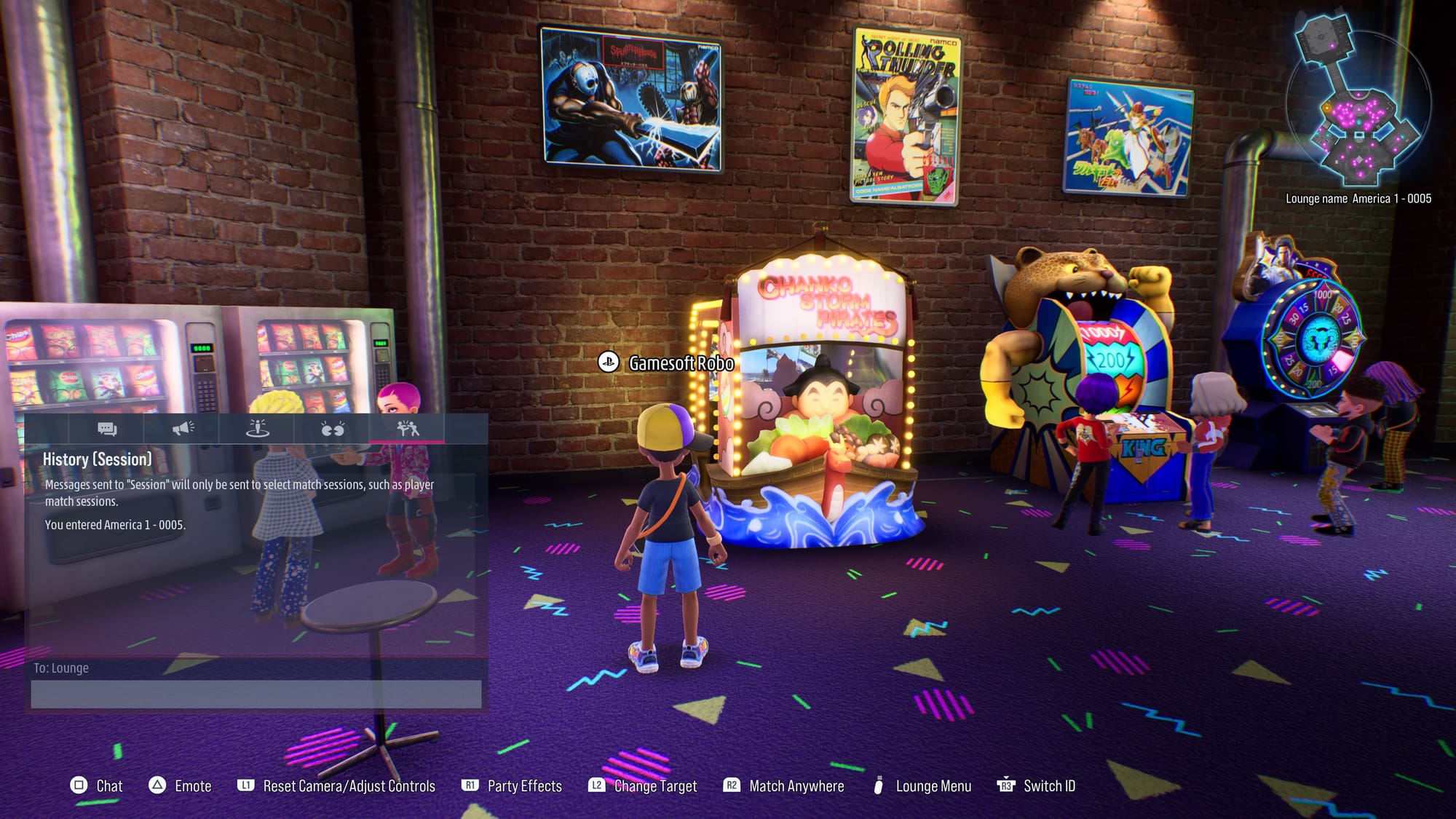
The single-player quest mode is not quite as ambitious as SF6’s boring full-length RPG, but that might be for the better. Imagine a kids’ anime like Pokemon and then make the subject arcade Tekken competition, and you’ll get the kind of thing they’re going for in this mode. Cute Mii-like character avatars, a story out of Beyblade, and a soft rank grind versus hapless CPU opponents ensue.
I really like the “arcades” in the quest zone: one’s the typical Japanese basement game center, another’s an American-style Round 1 complete with bar and pinball, and one’s a dance club. Why not? It’s a fun tribute to the old traveling warrior FGC lifestyle and the institution of the arcade, which is in reality truly starting to disappear, even in Tekken’s native Japan.
The quest mode is also the basis of the social lobby, in the style of Street Fighter 6 or Fortnite. For a lobby that functionally only needs a row of virtual game setups, the Tekken lobby is massive and cavernous, counting on lots of people to be hanging out there. I’m surprised it doesn’t place players directly into the lobbies, but nevertheless I’ve seen pictures of 100 people waiting in line to battle a single famous tournament player, so it must be working.
Explore the lobbies a little bit and you start to get that oh, the game would like you to pay real money to dress up your little guy. Tekken 8 has every last monetization option on top of what will surely be many years’ worth of character DLC, from the viciously effective battle pass to the more straightforward $4 character costumes. Personally, this aggressive monetization— and my personal conspiracy theory that Ban/Nam’s games deliberately include progressively more powerful DLC characters to make sure players buy them— is probably why I didn’t buy the DLC and probably won’t buy big into this game.
(Seriously though, launch Leroy? Launch Labcoat? There is no way those devs though these were balanced characters. But I digress)
I guess I can't argue with a hundred+ hours on ranked match
If you’re into Tekken you already bought this, right? If you like 3d martial-arts fighting games there basically is no competitor until that secretive Virtua Fighter reboot comes around. (Though I think VF5 Final/Ultimate is easily a better game than this.) And I can’t say I didn’t play a couple hundred hours before getting around to writing a review for you guys. (Life's been...) Fact is, I’m gonna keep playing it, probably until I make the purple ranks or so.
Tekken is still really fun, even if you put a magic button and a battle pass on it. That we're entering the period in video games where I am finally forced to accept a battle pass and a magic button on everything... that's another matter.
